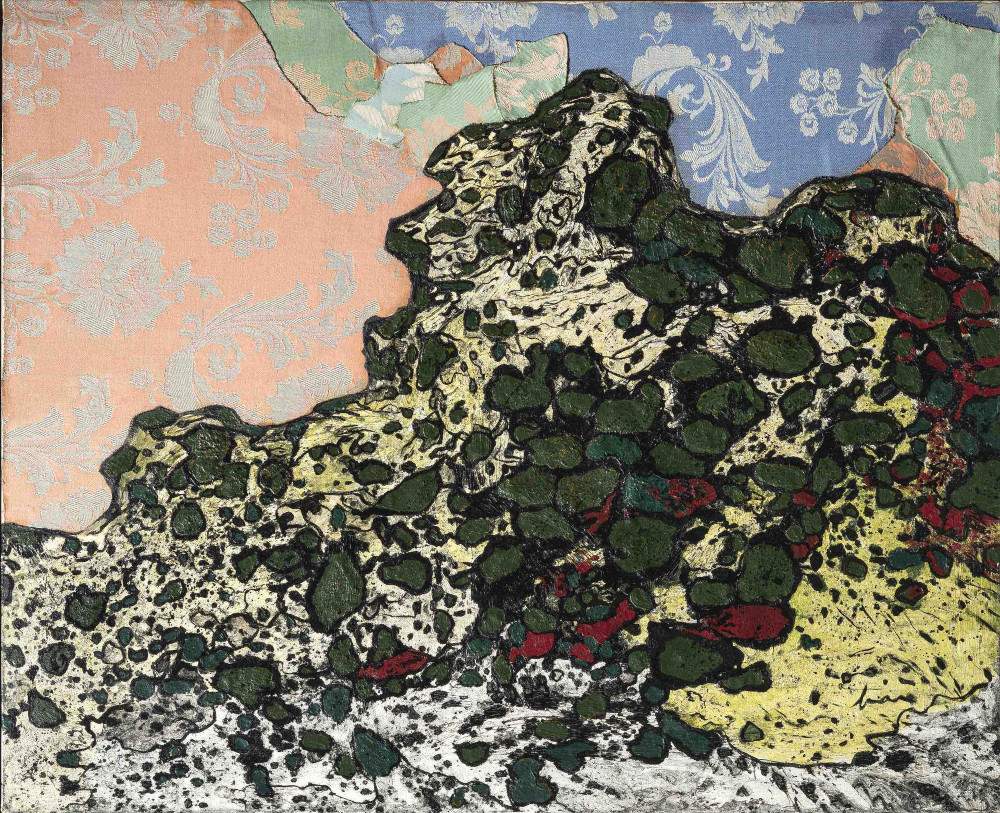An exhibition in Jesi investigates the human-nature relationship as a habitat, with works by artists of the 20th and 21st centuries
From December 2, 2022 to April 11, 2023, Palazzo Bisaccioni in Jesi (Ancona) will host the exhibition Habitat. The Forms and Modes of Nature, curated by Stefano Verri, promoted by Fondazione Cassa di Risparmio di Jesi in collaboration with Intesa Sanpaolo and sponsored by Regione Marche. The protagonist will be nature itself, investigated in its aesthetic and social aspects by great artists of the 20th and early 21st centuries. From Giacomo Balla and Piero Marussig, through Pablo Picasso, to Jan Fabre and Darren Almond: a journey through the decades on the relationship between nature and man, in the creation of thehabitat in which we live.
Forty works will be on display, all from the Intesa Sanpaolo Collection, created by great masters of the 20th century and the beginning of the new century, who have tackled the theme of nature by giving a personal interpretation closely linked to the artist’s context.
The relationship between nature and man has always been a richly suggestive field of investigation in the artistic sphere, and today more than ever the environment is the protagonist of political and social debates. The exhibition intends to be a thematic journey to discover this relationship, which is developed above all in the representation of nature: a figurable element par excellence, it is the result of what of nature affects man/artist emotionally, and the artistic work is an opportunity to filter into the figurative arts the new technical, scientific and sociological themes that characterized the short century.
In the landscapes of the early twentieth century, we still encounter the influences of nineteenth-century art, as in Giorgio De Chirico ’s Venetian veduta and Piero Marussig’s urban visions, while as the decades passed, pictorial experimentation intensified and we encounter works such as those of Enrico Baj and Mario Schifano where the landscape is always the protagonist, but reworked in the light of contemporaneity.
Present are Giuseppe Penone and Mario Merz, artists who have always addressed the theme of man and nature, investigating their relationships. The exhibition closes with works belonging to the early 21st century, by artists of the new generation represented by, among others, Olafur Eliasson and Darren Almond. Their landscapes have lost the figurative element and what emerges is the symbolic space that constitutes a repository of collective memories, with the aim of forming a common sensibility in which we are all called to intervene. The artists still feel a social duty to place nature and the environment at the center of their work.
The artists featured in the exhibition are Valerio Adami, Darren Almond, Franco Angeli, Stefano Arienti, Enrico Baj, Giacomo Balla, Marco Boggio Sella, Eugenio Carmi, Roberto Crippa, Sergio Dangelo, Giorgio De Chirico, Olafur Eliasson, Jan Fabre, Luciano Fabro, Lucio Fontana, Stefania Galegati, Peter Halley, Piero Marussig, Andrea Mastrovito, Eliseo Mattiacci, Mario Merz, Eugenio Miccini, Luca Maria Patella, Yan Pei Ming, Giuseppe Penone, Paola Pezzi, Pablo Picasso, Fausto Pirandello, Piero Pizzi Cannella, Arnaldo Pomodoro, Concetto Pozzati, Mario Raciti, Ottone Rosai, Salvo, Mario Schifano, Wolfgang Tillmans, Grazia Toderi, Ernesto Treccani, Vedovamazzei.
Image: Enrico Baj, Sulla luna i cieli sono di tappezzeria (1958)
 |
| An exhibition in Jesi investigates the human-nature relationship as a habitat, with works by artists of the 20th and 21st centuries |
Warning: the translation into English of the original Italian article was created using automatic tools. We undertake to review all articles, but we do not guarantee the total absence of inaccuracies in the translation due to the program. You can find the original by clicking on the ITA button. If you find any mistake,please contact us.



























